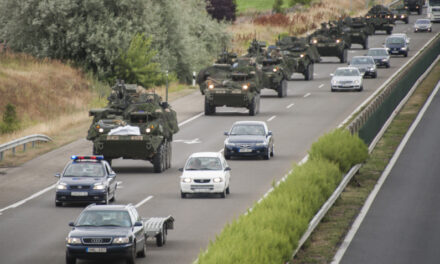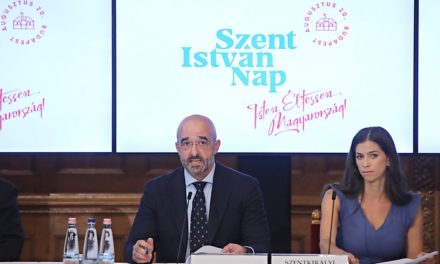1956 organizations protest the use of the hole-punched flag in party politics.
Péter Magyar, the president of Tisza, announced on Tuesday that from now on the 1956 hole-punched flag will be the symbol of his party. However, there was an unexpected reaction to this, as several of the organizations representing political convicts, persecuted people and their descendants after 1945 stated,
"they protest most strongly" against the announcement of party leader Péter Magyar on October 1st.
According to their point of view, the 1956 hole-punched flag belongs to the series of Hungarian historical flags, so it is a symbol of the self-identity and uniqueness of the entire nation - they wrote in their statement, and then pointed out:
The symbol created on the first day of the 1956 revolution and freedom struggle was created precisely because of the protest against the appropriation of national symbols.
"The Rákosi coat of arms, which soiled the Hungarian national colors with a communist symbol, was cut out by Hungarian society with complete unanimity and solidarity at the time as an insult to the nation's sense of self," they recalled.
They then continued with "the hole flag is a unique form of protest in the world to this day, a special national treasure and a clear sign of identity".
The communiqué concluded with "we protest most strongly against the use of our special national symbol for party political purposes, which is just such an attempt at ideological rape as was the communist coat of arms cut from the national flag in 1956."
The protest was signed by the following organizations and individuals:
– Pál Égi, president of the 56th Association
– Zoltán Csigás, president of the 1956 World Federation of Hungarian Freedom Fighters
– Kornél Pintér, president of the Hungarian Rural 56th Organization
– Dr. László Horváth, president of the 56th Order of Freedom Fighters
– Máhli Imre, president of the 1956 Hungarian National Guard
- Antal Ámon, president of the Association of Hungarian Political Prisoners
- Erzsébet Menczer, president of the Organization of Hungarian Political Prisoners and Forced Laborers in the Soviet Union
- Tamás Somssich, secretary general of the Recski Association
- Mária Szelekovszkyné Csendes, Community of Political Convicts Secretary General 1945–56
- Dr. Mari Albert, president of the Hortobágy Forced Labor Camp Association
The president of the Association of Hungarian Political Prisoners (POFOSZ), Antal Ámon, issued a separate statement in which he stated that Péter Magyar's statement on October 1
"an idea removed from all patriotism, historical knowledge and good taste".
He continued by saying, "the symbol created on the first day of the 1956 Revolution and Freedom Struggle was created precisely because of the protest against the sectarian, ideological appropriation of national symbols."
"The Rákosi coat of arms, which defiled the Hungarian national colors with a communist symbol, was immediately and with complete unanimity and solidarity cut out by Hungarian society as an insult to the nation's sense of self," read the statement.
Antal Ámon also drew attention to the fact that "to this day, a unique form of protest in the world, the hole flag, is a special national treasure and a clear sign of identity".
"We strongly object to the use of our special national emblem for party political purposes," he stated.
The president of the association concluded the communiqué by saying, "nowhere in the world can a Hungarian forget this shameful idea, as an attempt at ideological rape, which was represented by the cut-out communist symbol.
"We are not asking for the latest anti-national violence! Either Péter Magyar or someone else is leaning on him," he wrote.
MTI
Mandiner.hu
Cover photo: Péter Magyar
Source: Facebook/Péter Magyar













